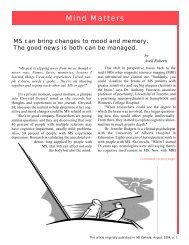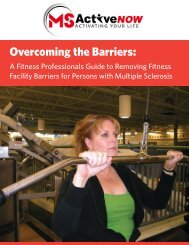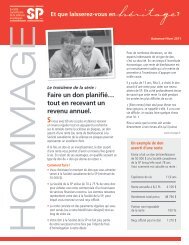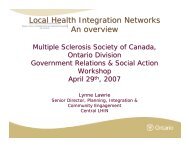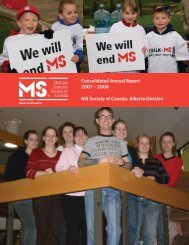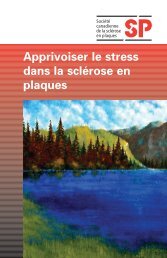Evidence-based medicine (EBM)
Evidence-based medicine (EBM)
Evidence-based medicine (EBM)
Create successful ePaper yourself
Turn your PDF publications into a flip-book with our unique Google optimized e-Paper software.
Observational study<br />
• a study in which participants are observed (or outcomes are measured)<br />
without any intervention by the researchers<br />
• no attempt is made to affect the outcome (no treatment or intervention is<br />
given to participants)<br />
• changes or differences in one variable (e.g. whether someone smoked) are<br />
studied in relation to changes or differences in another (e.g. whether they died)<br />
Odds<br />
• using odds is one way to express the likelihood of an event (another way<br />
to express likelihood is using probability)<br />
• the odds of an event are calculated by comparing the probability that an<br />
event will occur to the probability that the event will not occur<br />
• for example, if four out of fi ve patients achieve complete remission of<br />
symptoms after the administration of a given medication, the odds of full<br />
remission would be four to one<br />
• therefore, the odds of an event that is certain to happen are infi nity and<br />
the odds of an impossible event are zero<br />
P-value<br />
• expresses the probability that the results of a study (or results even more<br />
extreme) could have occurred by chance<br />
• p-values range from zero to one<br />
• the p-value helps determine whether the results are statistically<br />
signifi cant or not (the convention is that if p ≤ 0.05 the result is statistically<br />
signifi cant, but sometimes a more stringent criterion of p ≥ 0.01 is used)<br />
Placebo<br />
• a sham, fake, or inactive treatment/intervention received by the<br />
participants in the control group<br />
- indistinguishable from the active treatment or intervention received by<br />
participants in the experimental group<br />
Practice guideline<br />
• a systematically developed statement designed to help clinicians and patients<br />
make decisions about appropriate health care for specifi c clinical situations<br />
• expert committees review the scientifi c literature, decide how it should<br />
infl uence patient care, and then distribute recommendations in the form<br />
of evidence-<strong>based</strong> practice guidelines<br />
Prevalence<br />
• the total number of existing cases of a disease/disorder in a defi ned<br />
25<br />
FOR PATIENTS




